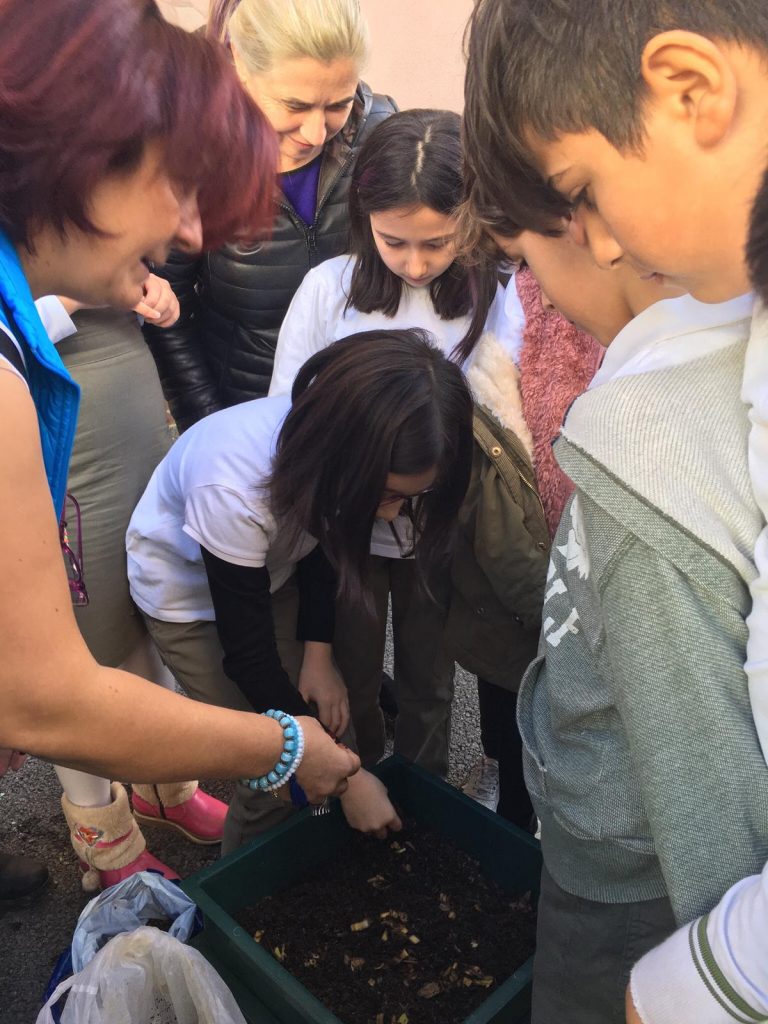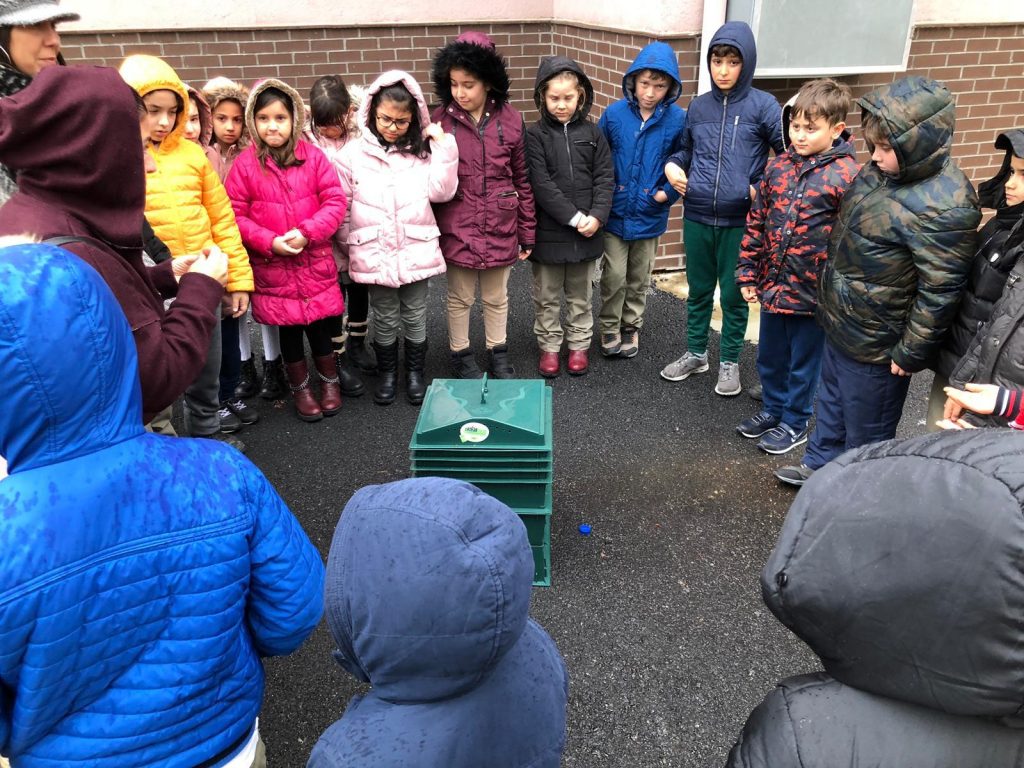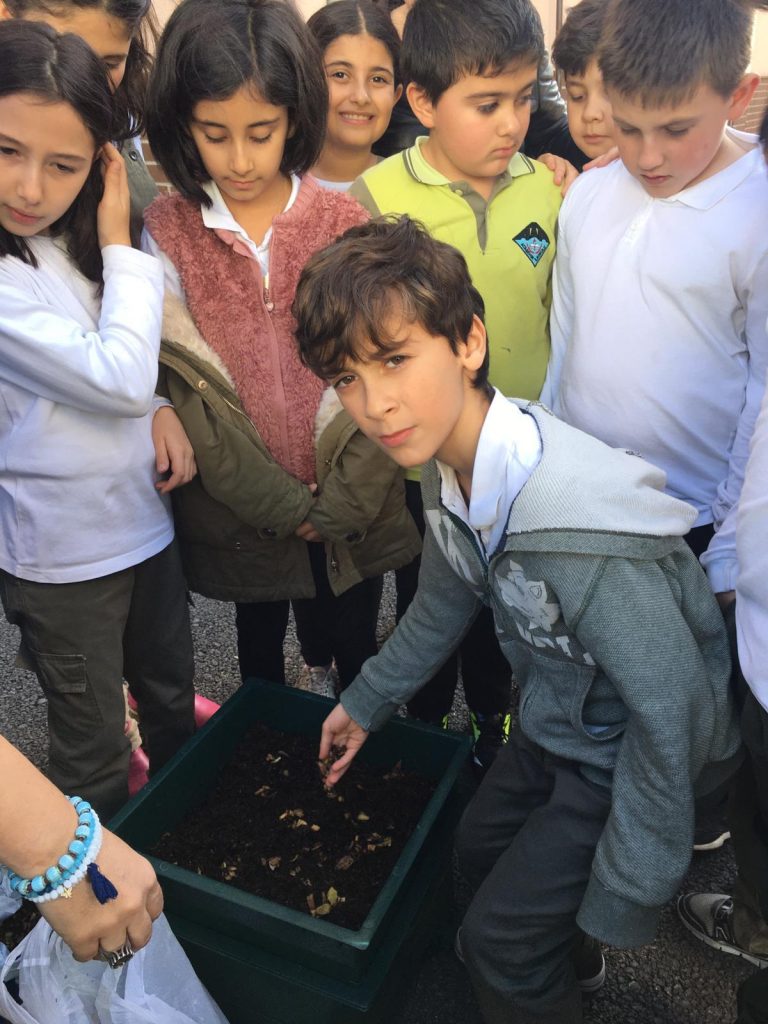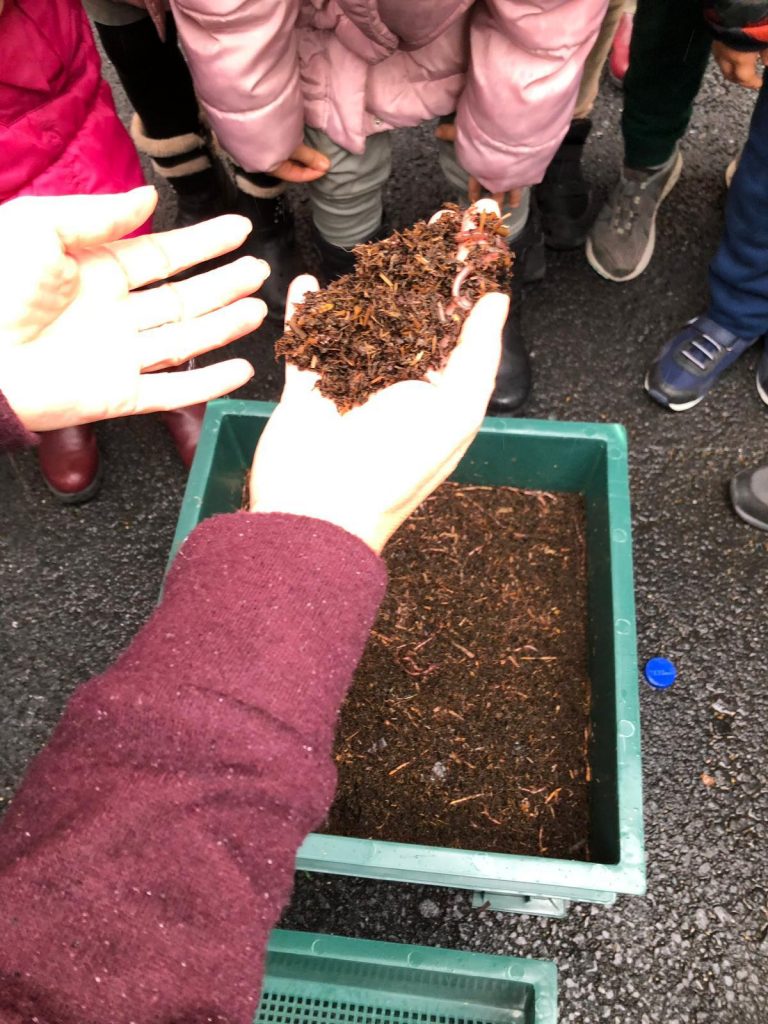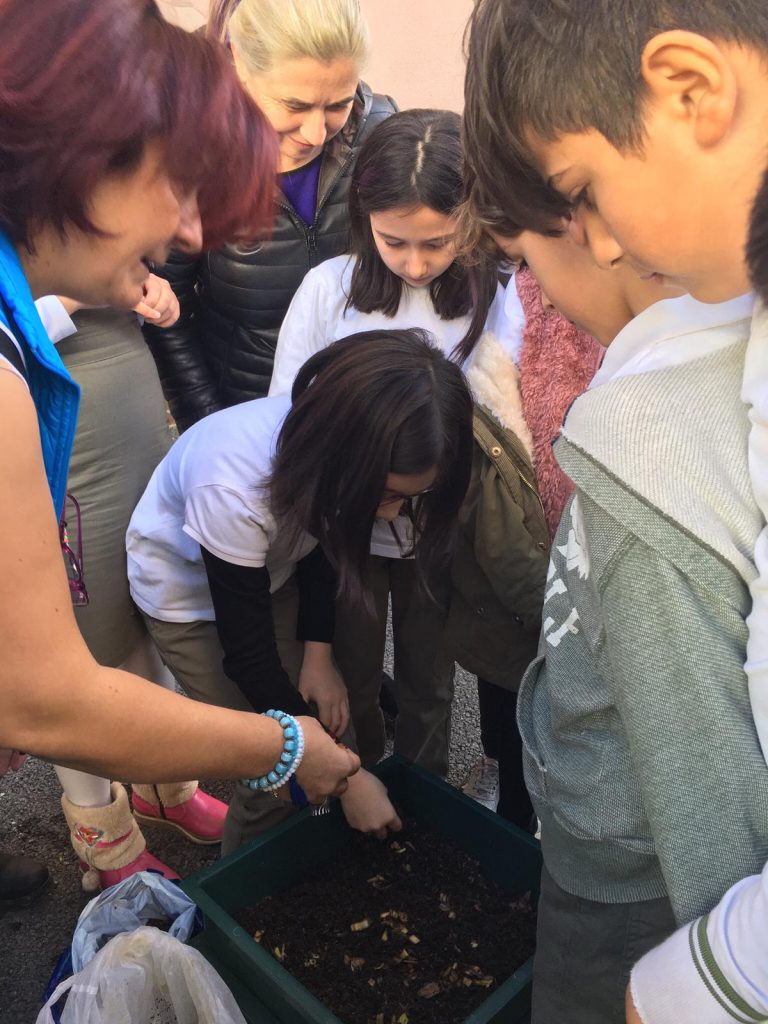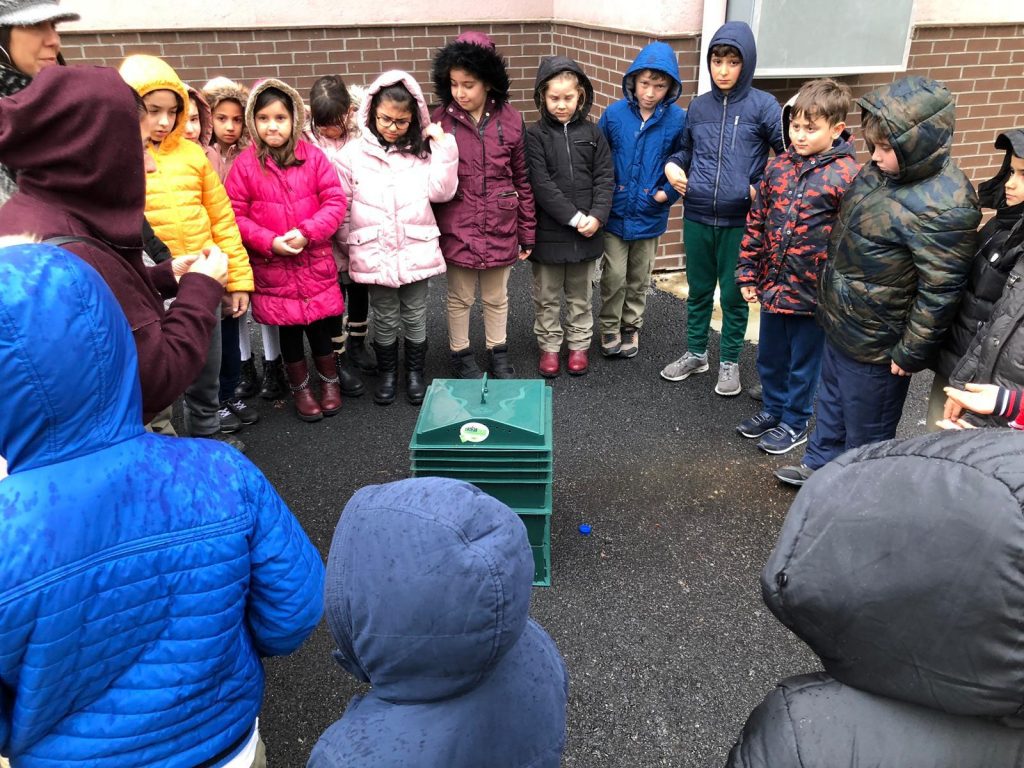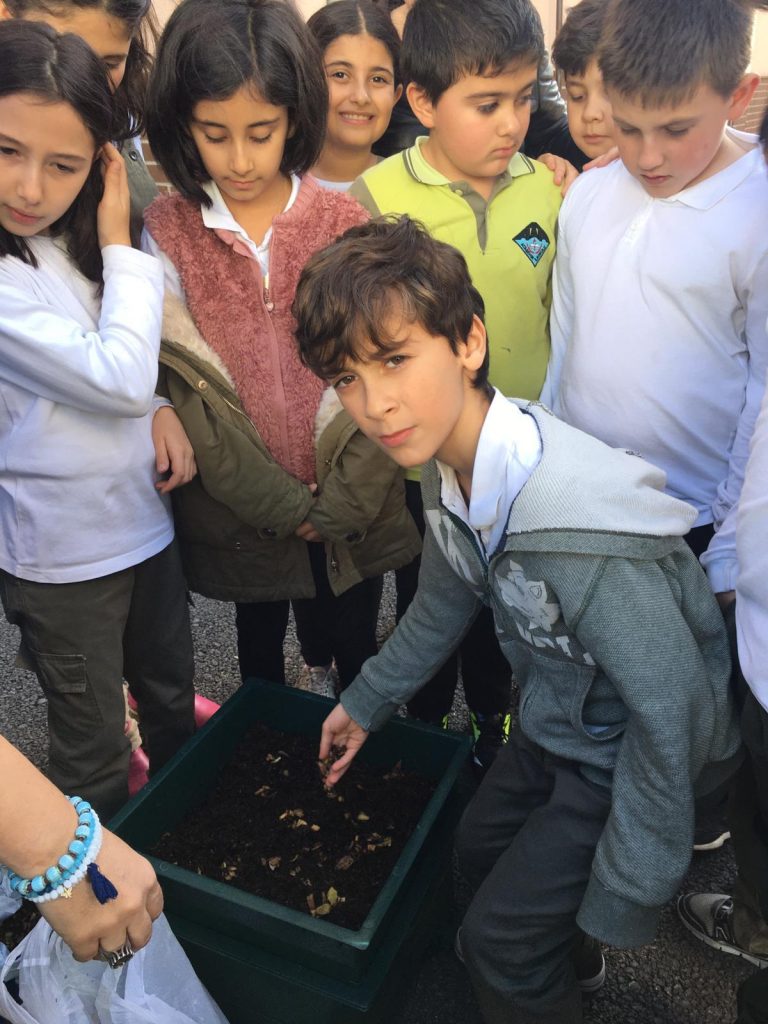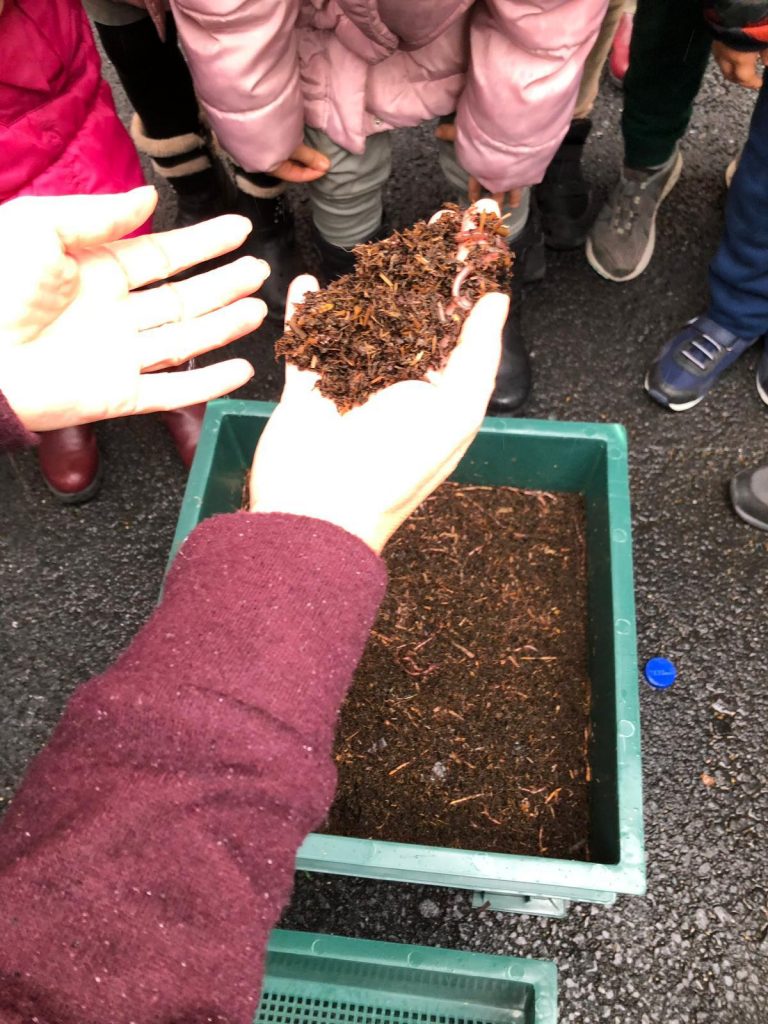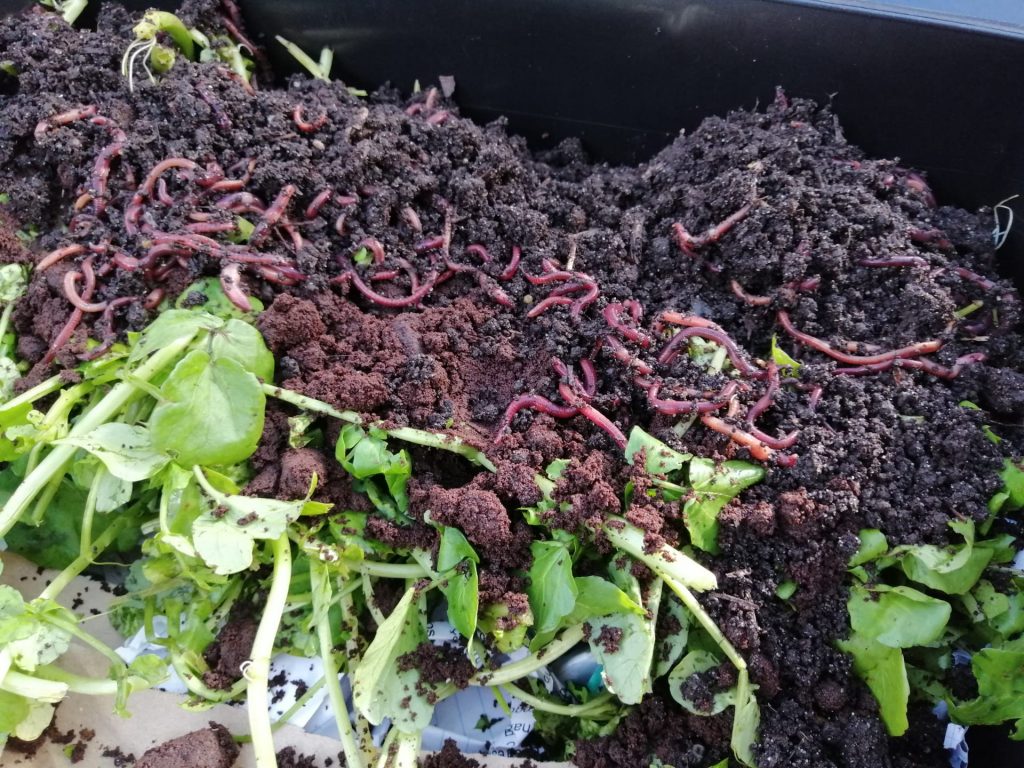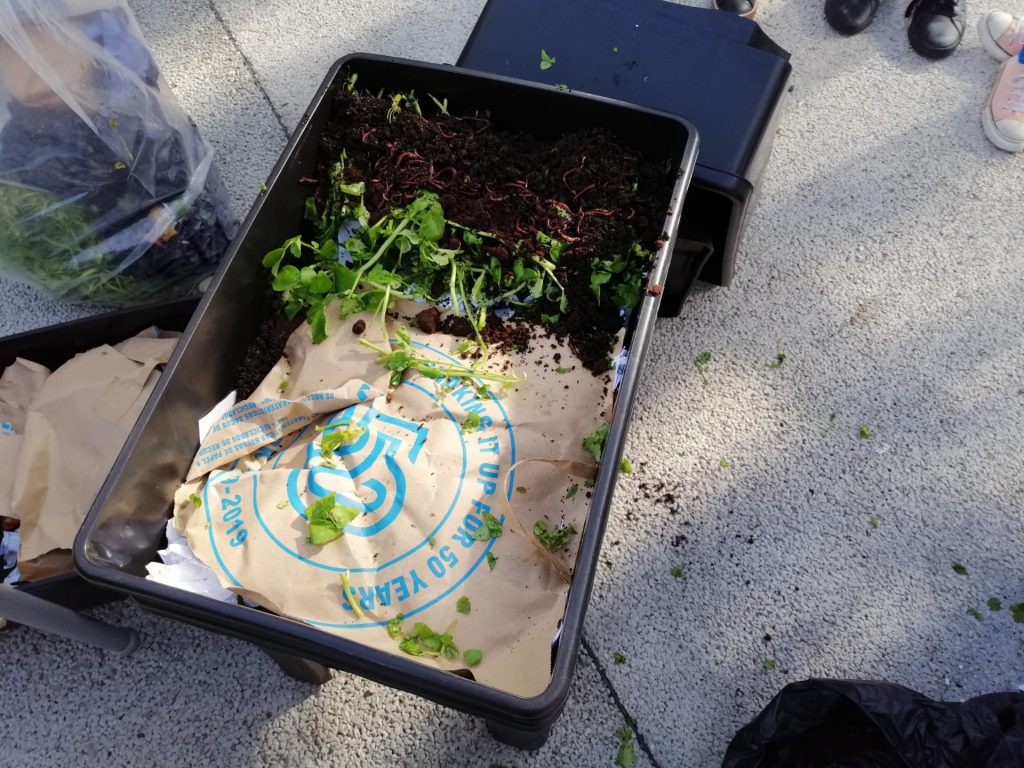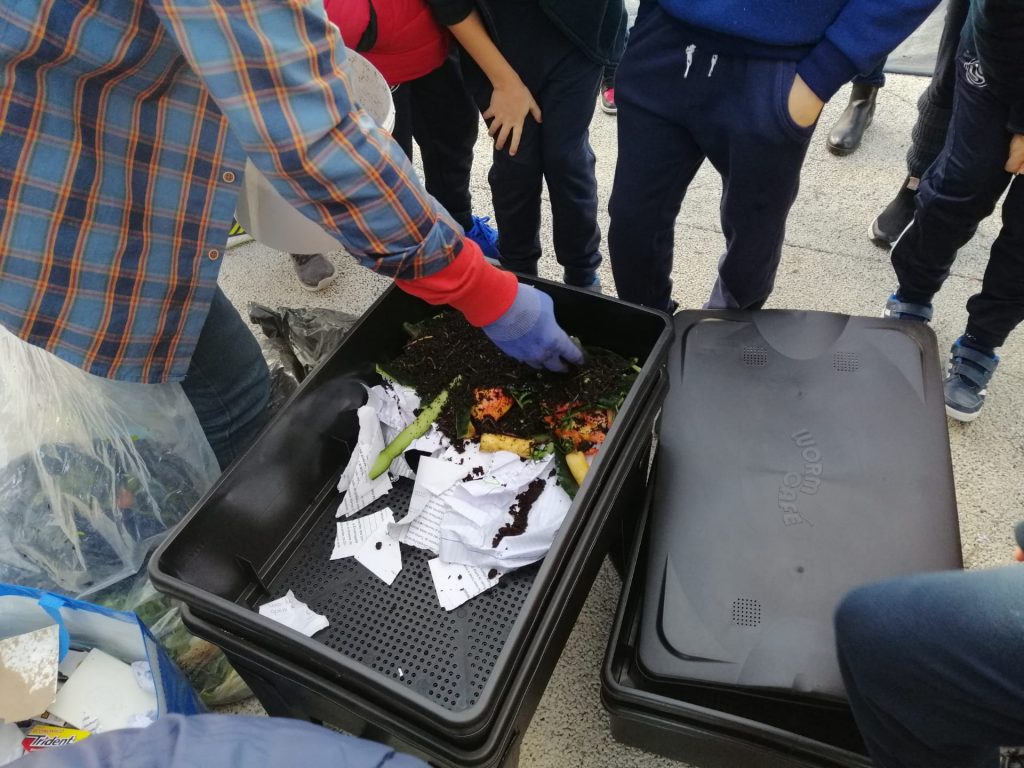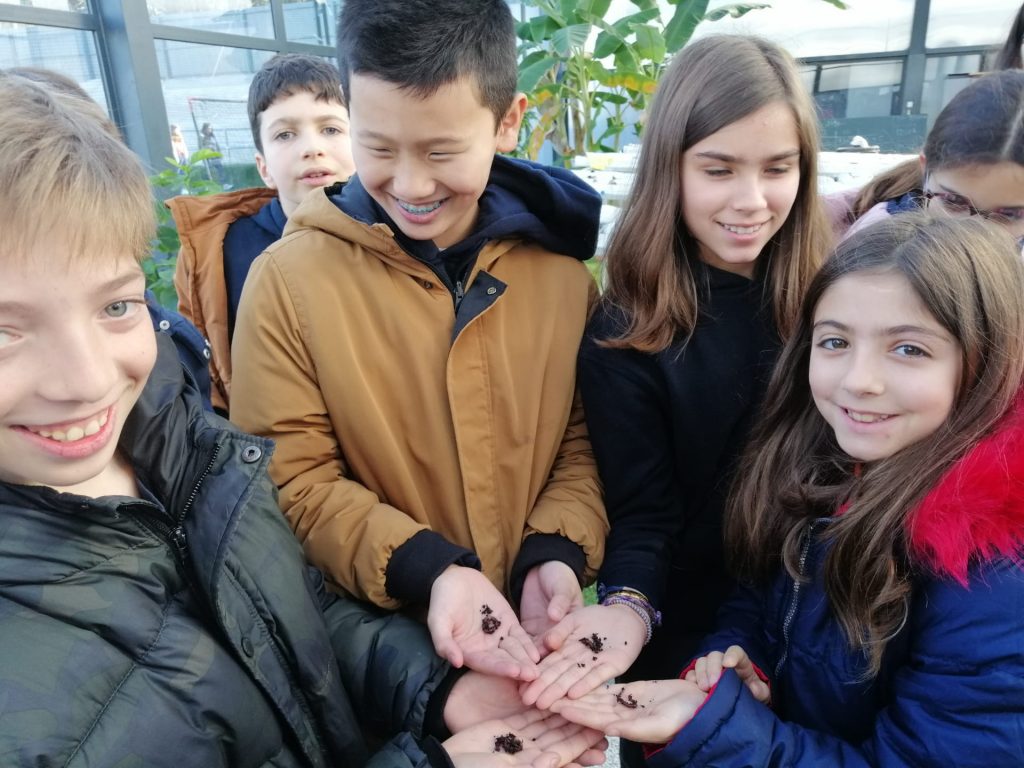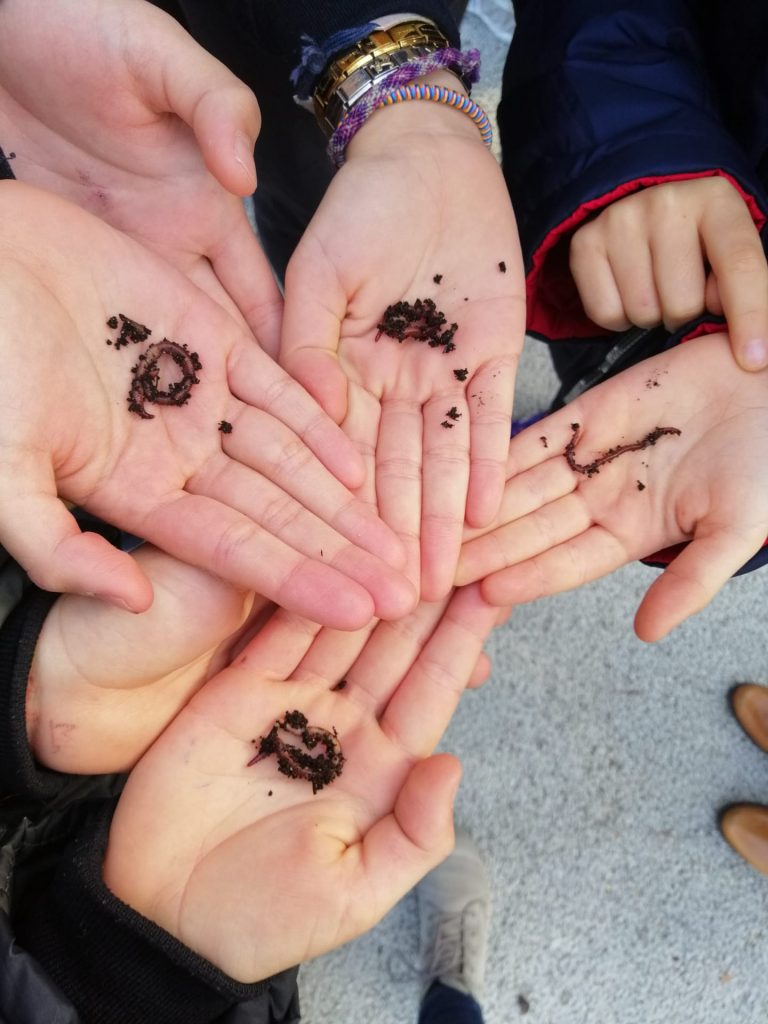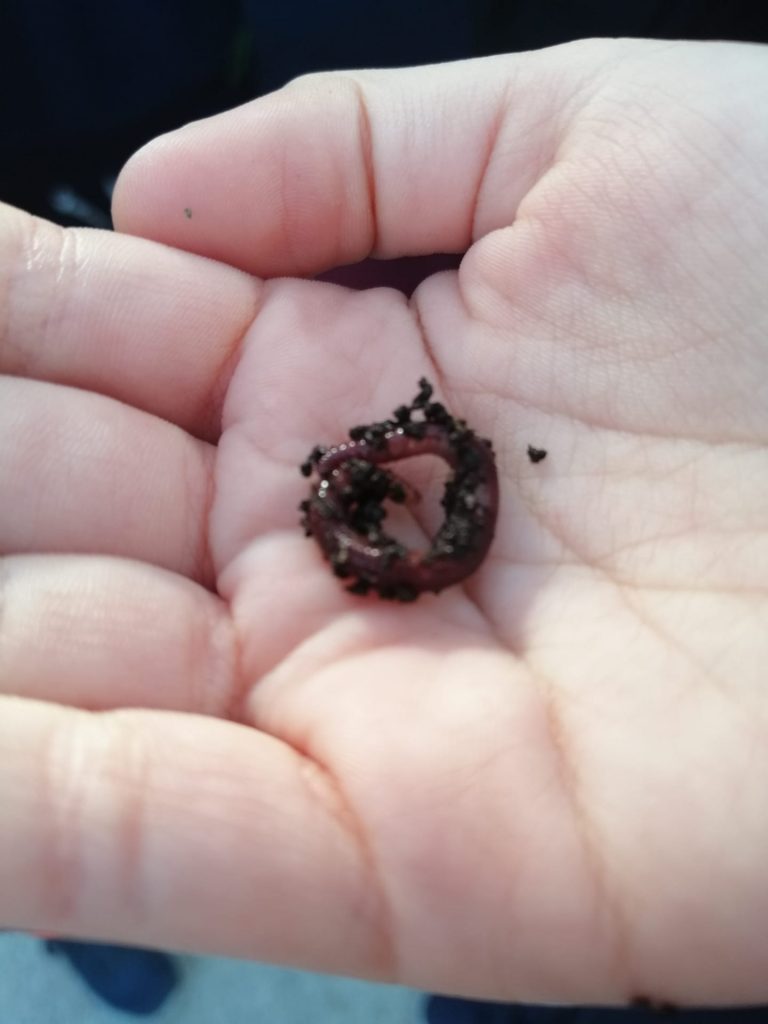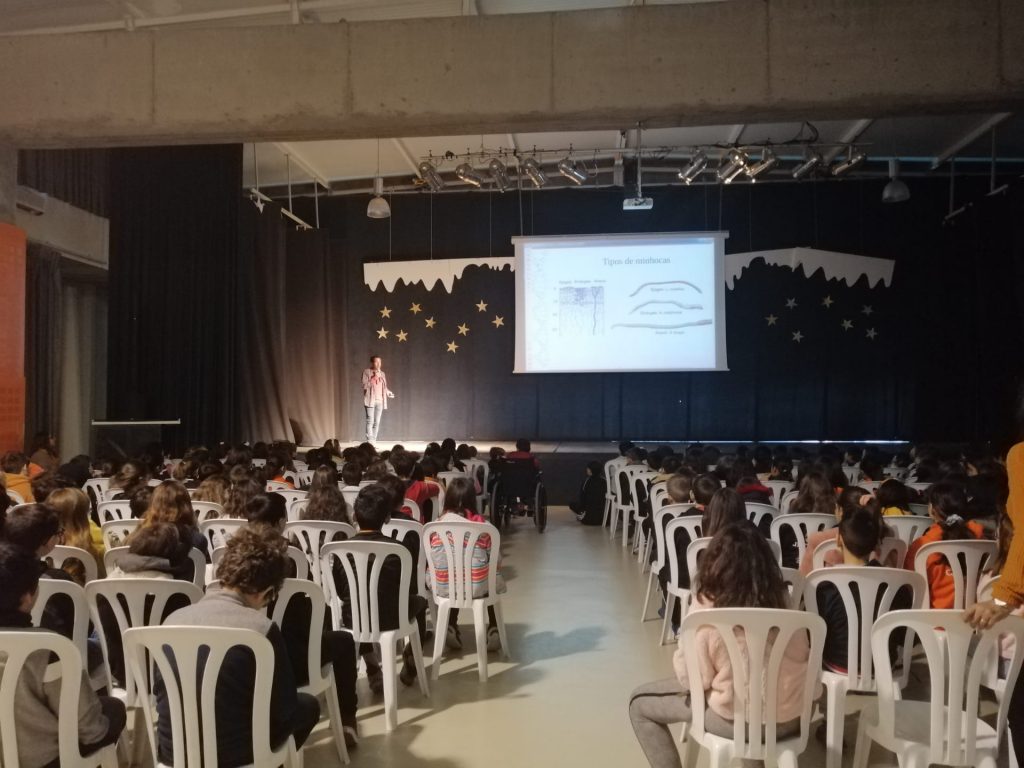Tuesday, November 12th, 2019
now browsing by day
Vermicompost method
How worms can reduce our waste!!
HOW IT WORKS
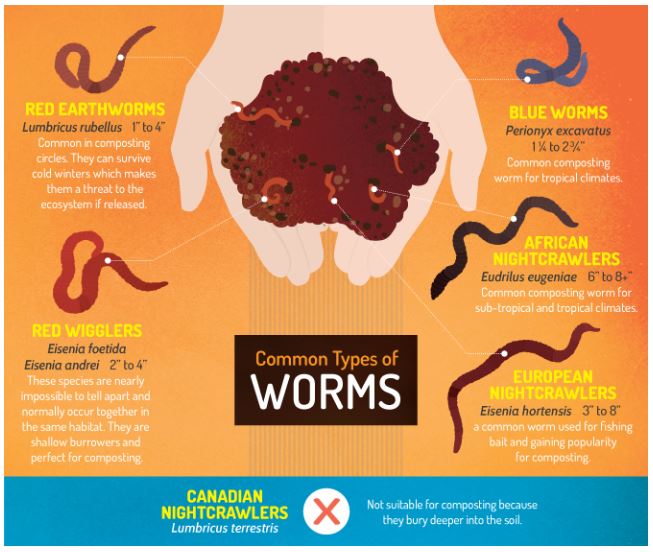
Home Sweet Home
Worms, like any other organism, need food and shelter to keep them alive and happy. Let’s look at how to house your new wrigglers. The size of your composter will depend on your space and your needs. How much space do you have? How much compost do you want to end up with? Most vermicomposters are stacked plastic bins forming layers of trays. You can purchase a starter kit and get going right away or, if you’re more of a do-it-yourselfer, build one yourself out of cardboard, metal, wood, or plastic. Here are some pros and cons of each.

Worm food
Because worms eat bacteria, the real question isn’t what to feed the worms, but what to feed the bacteria! Whatever you put in your bin will get decomposed eventually, but because this is for indoor use, we want to make sure it’s efficient and both odor- and pest-free. The easiest way to ensure an odor-free set-up is to include only plant-based food scraps in your composter. Leave the meat and dairy for the garbage bin and rinse eggshells if you want to add them to the mix.

Harvesting
When it comes time to use your earthy black compost you’ll have two options: direct application or compost tea. Direct application is self-explanatory, but the nutrient composition will vary from batch to batch, so you might want to test it and adjust your mixture to meet your garden’s requirements. Compost tea is just what it sounds like. You steep your compost (and add sugar and aeration if you like) to get a nutritious liquid that’s great for regular watering via spray bottle.
If you want to keep your worms for another round of composting, you’ll need to separate them from the compost. The easiest way to do this is to prepare a new bin underneath the old one with some fresh bedding and food, then place a light or two over the top of the bin. The light will encourage the worms to migrate down through the drainage holes into your new, more enticing bin.

Family Fun
Vermicompost can be a great way to get the whole family involved in a science project. There’s nothing wrong with having a pristine composting unit shipped to your doorstep, leaving it in the corner, and checking it occasionally. But if you want to take on the whole project, start small and see how long different foods take to decompose: orange rinds versus potato peels, for example. Fertilize some seedlings with compost tea and others without and watch for differences as they grow. It’s an inexpensive way to keep your kids (and you!) stimulated and thinking about the environment. Use the wealth of resources out there, and don’t be afraid to jump right in and give vermicomposting a go. Your red wrigglers might be the best pets you’ve ever had!
Look to our worm composting bins
Spain Vermicomposter
Turkey Vermicomposter
Poland Vermicomposter
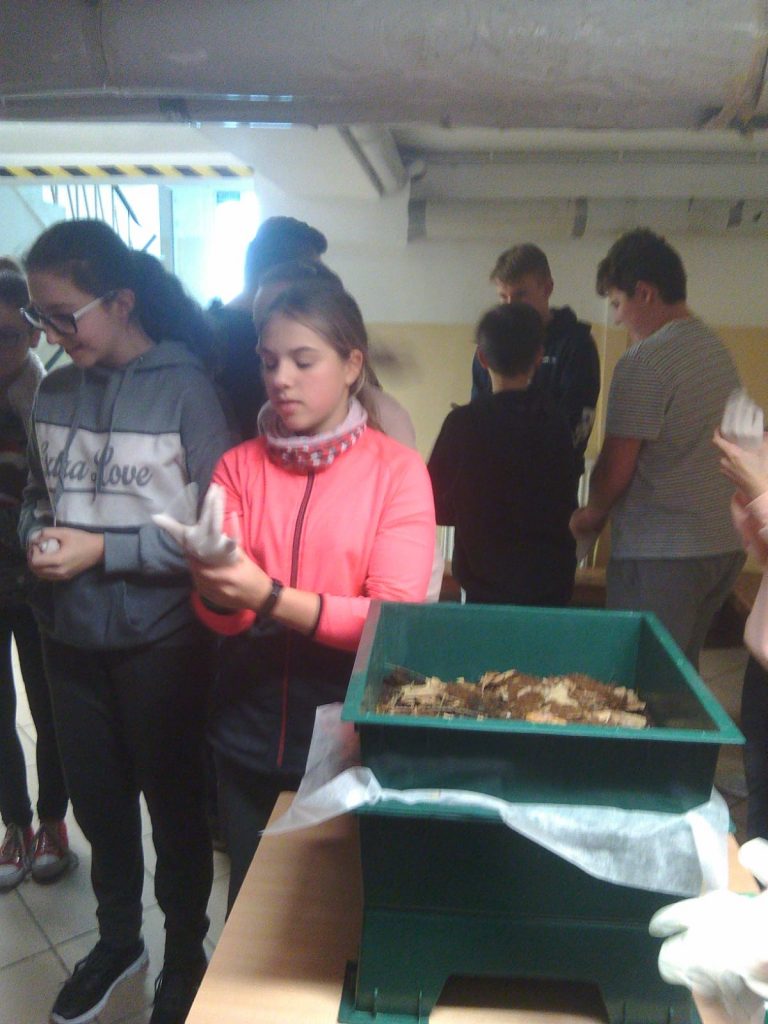
Italy Vermicomposter
Portugal Vermicomposter

